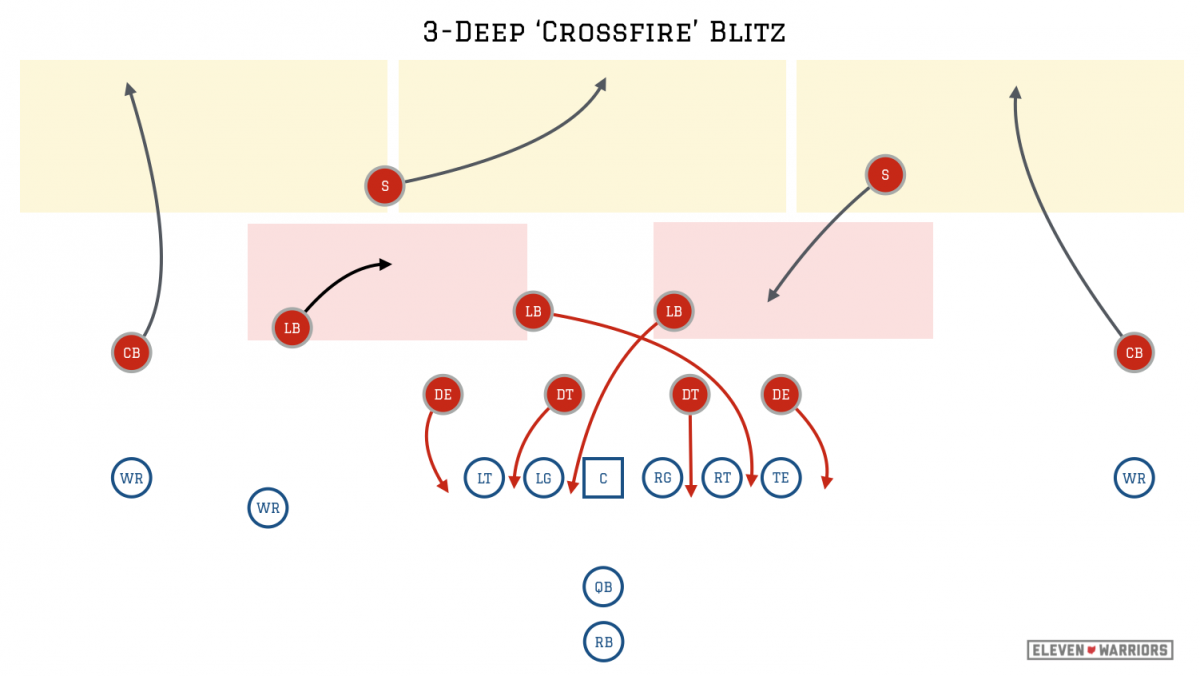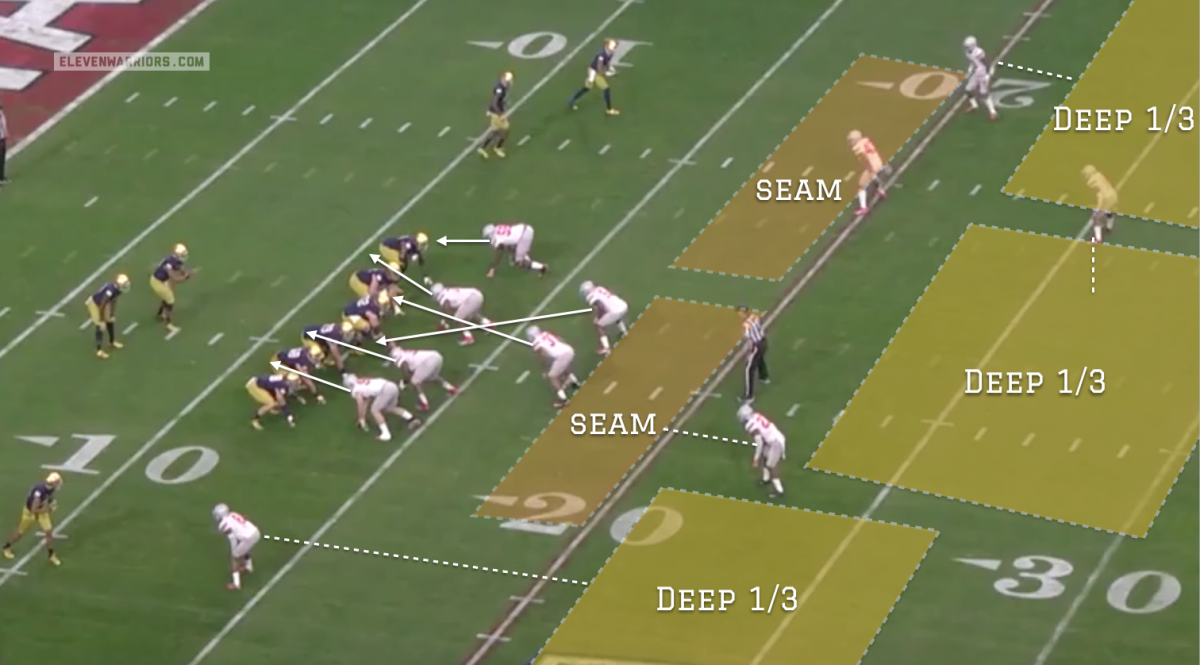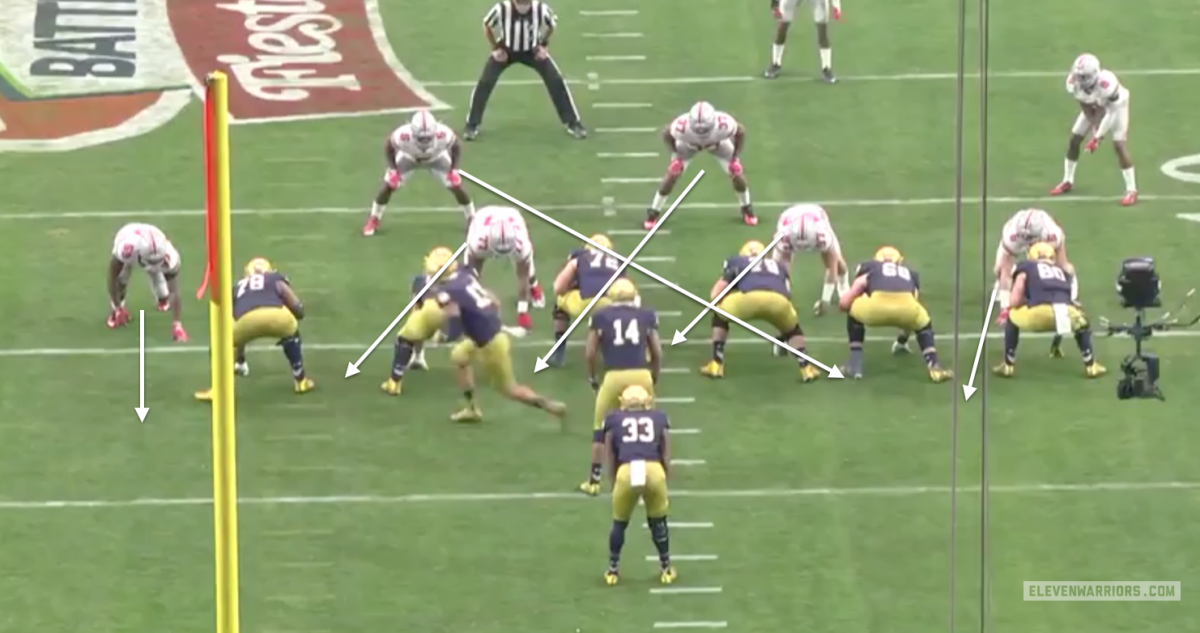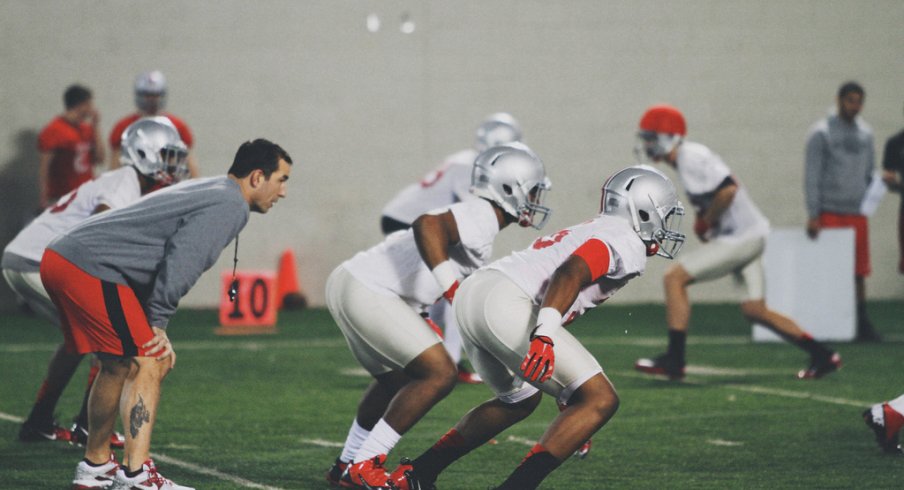Luke Fickell often doesn't get the credit he deserves.
After sharing defensive coordinator responsibilities with Everett Withers during the first two years of the Urban Meyer era at Ohio State, Fickell's units had failed to live up to expectations. After Withers left to take the head coaching job at James Madison before the 2014 season, Chris Ash was hired to take his place and right the ship on that side of the ball.
Ash did just that in his two years in Columbus, installing a 'Quarters' coverage that steadied the back end of the Silver Bullet defense. In that time, the Buckeyes won a National Championship, won 26 games while only losing two, and sent four players from the Buckeye secondary to the NFL.
Once again this winter, Fickell's counterpart left to run his own program, this time at Rutgers. And, once again, Fickell will share the lead job of the OSU defense with someone new, former NFL head coach Greg Schiano.
This history of sharing titles with relatively successful coaches may lead one to believe that the longtime member of the program as both player and coach is a secondary character in the ranks of Buckeye coaches. When it comes to teaching and calling plays for his defense's front seven, at least, that couldn't be any farther from the truth.
In this past January's Fiesta Bowl against Notre Dame, Fickell's unit showcased a game plan that was fairly unique for them, stymying a talented Irish offense and allowing the Scarlet and Gray to build up a large lead that would never be tested. This new strategy was a very aggressive one, as the very first snap of the game shows:

Though quarterback DeShone Kizer is able to avoid the sack and slip away for a short gain, the message was clear: the Buckeye Linebackers were coming. Fickell had called for a six-man zone blitz on first down, sending inside linebackers Joshua Perry and Raekwon McMillan into the backfield while leaving only five defenders in coverage.


Like all zone blitzes, there was a conservative element to this call, with three deep defenders ensuring nothing would get too far downfield. But this was a serious risk to take against a spread team like Notre Dame, who are more than happy to throw screens to attack the now uncovered flat areas on the outside.

The key to this particular blitz, though, is the delayed action of the second linebacker, who is usually McMillan. While Perry and the defensive tackles are busy occupying the interior blockers in front of the Buckeye middle 'backer, McMillan must also read the play to ensure he doesn't end up in the same gap as another teammate.
Though the Irish threw on first down quite a bit in this game, the intention of Fickell was to shut down their first down running game, keeping them 'behind schedule' in their quest to get manageable third down situations. With that in mind, McMillan's job of ensuring he finds the gap not yet attacked by another player is paramount, as he's very likely hitting the same gap as a potential runner.

As we can see during the second example of the same call, McMillan attacks the 'B' gap between the guard and tackle, one more gap inside than his previous attempt. But this time, the blitz doesn't get there in time, as the Notre Dame receiver makes an impressive, one-handed snag after Kizer forced the ball into a tight window.

Many coaches might be dissuaded from continuing to call for a blitz like the 'Crossfire' after watching their opponents execute at that level against it. But Fickell stayed true to the game plan, continuing to call for it on the opening play of drives.
Throughout the rest of afternoon, the Buckeyes would find success with the call. Not only would they stuff first downs, but they'd reach their ultimate goal of forcing the Irish into long third down situations where Fickell could unleash the fury of his three-man blitzing apparatus, sending rushers from every different angle in an effort to take down the QB.

But this game plan would've never succeeded without the play of Perry and McMillan, as the duo was called on to read the action in front of them and adjust accordingly, knowing how little help was behind them. Not only would McMillan change his route, but Perry had the presence of mind in the example above to recognize that the play was bouncing to his left, and deviated course to meet the ball-carrier in the backfield for a loss.
Who, might you be wondering, spends his time teaching all these nuances to these Ohio State linebackers? None other than Luke Fickell, of course.


